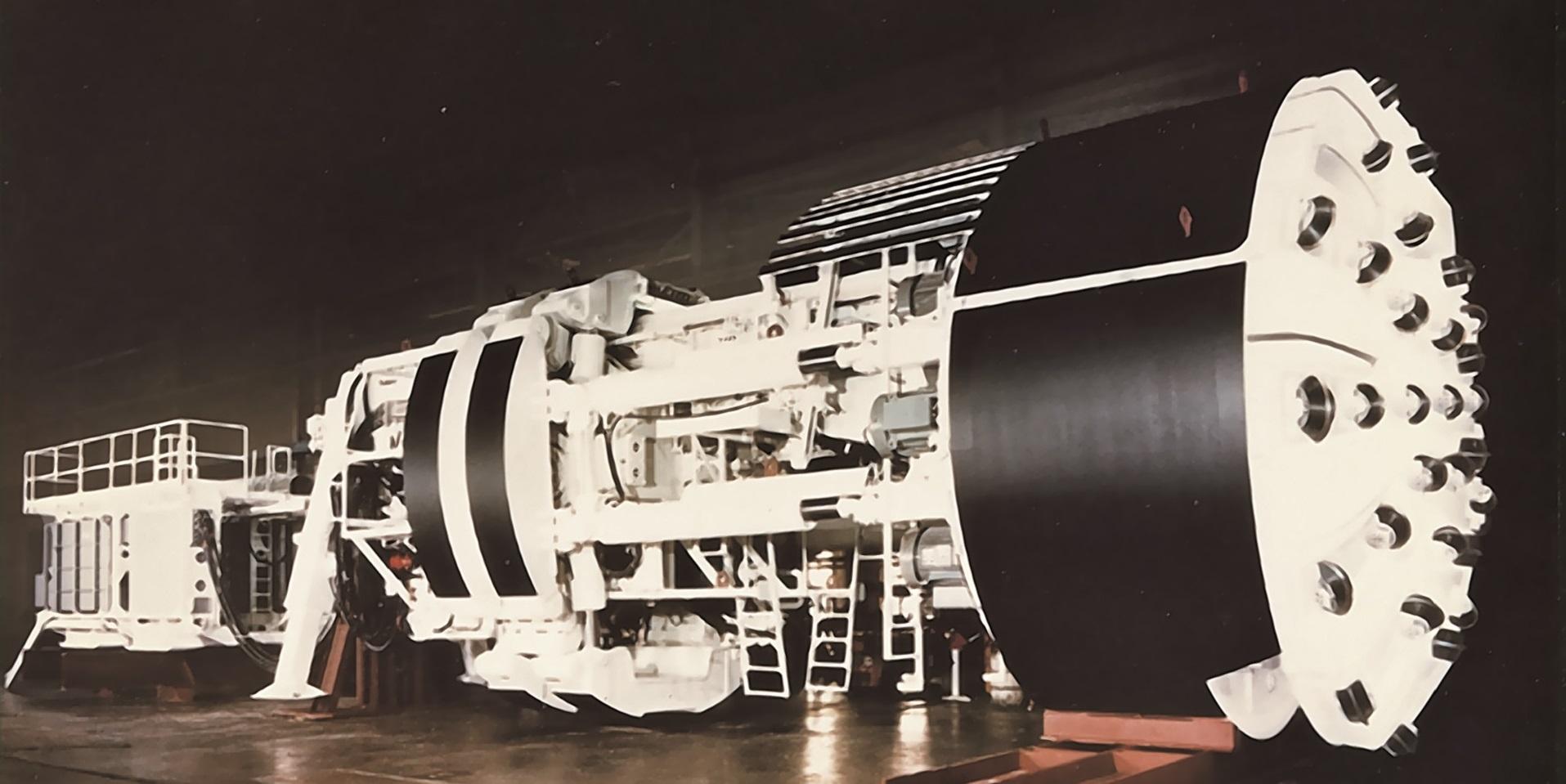New York Subway

The Sixth Avenue local F line began operating in the 1940s, connecting the Jamaica neighborhood in Queens to Coney Island (Brooklyn), traveling along Sixth Avenue on the island of Manhattan.
With a network capable of connecting some of the city’s most important residential and productive areas and over 40 stations, the line had to be constantly updated to maintain its efficiency and to avoid congestion owing to the ever-growing need for transportation.
In the mid-1970s the whole New York City subway system underwent major renovation work: Impresit-Girola-Lodigiani Inc. took part in the joint venture that was commissioned by New York City Transit Authority for the renewal of two segments of the F line, both of which are situated in a very central part of Manhattan’s Upper East Side, between Park Avenue and FDR Drive.
The location in a densely populated area with heavy traffic (the subway system accurately follows the East 63rd Street route, from Central Park to the East River) was the project’s most critical element. The project called for four tracks, side-by-side on two different levels (lot 5A) and built using traditional excavation methods for a first stretch of 378 meters, as well as a full-section Robbins tunnel boring machine for the subsequent 738 meters with four single tunnels (lot 5B). This solution — which was used for the first time in the New York City subway — made it possible to avoid using explosives.
Other features that made the work compatible with the everyday lives of local residents were maintenance of road circulation above ground at the open-air excavations which were covered by steel beams and concrete slabs capable of sustaining heavy vehicular traffic. Also, maintaining essential services in the subway, such as sewers, telephone lines, electricity, gas and, in particular, the steam system which takes the vapor produced by steam generating stations and carries it to the streets of Manhattan, supplying heat, cooling, or power to users. Lastly, to avoid excessive disruption and noise, a system was created for the loading of the excavation debris onto trucks directly inside the tunnel. The trucks were subsequently taken to the road level by a system of elevators capable of lifting up to 40 tons.
The work was thus carried out while trying to maintain the reliability that the New York City metro system is famous for; it is the only subway in the world that operates around the clock, 365 days a year.
Client: New York City Transit Authority

Technical data
+ + +
m3 Tunnel excavation
+ + +
m3 Concrete in tunnel
+ + +
m3 Gunite